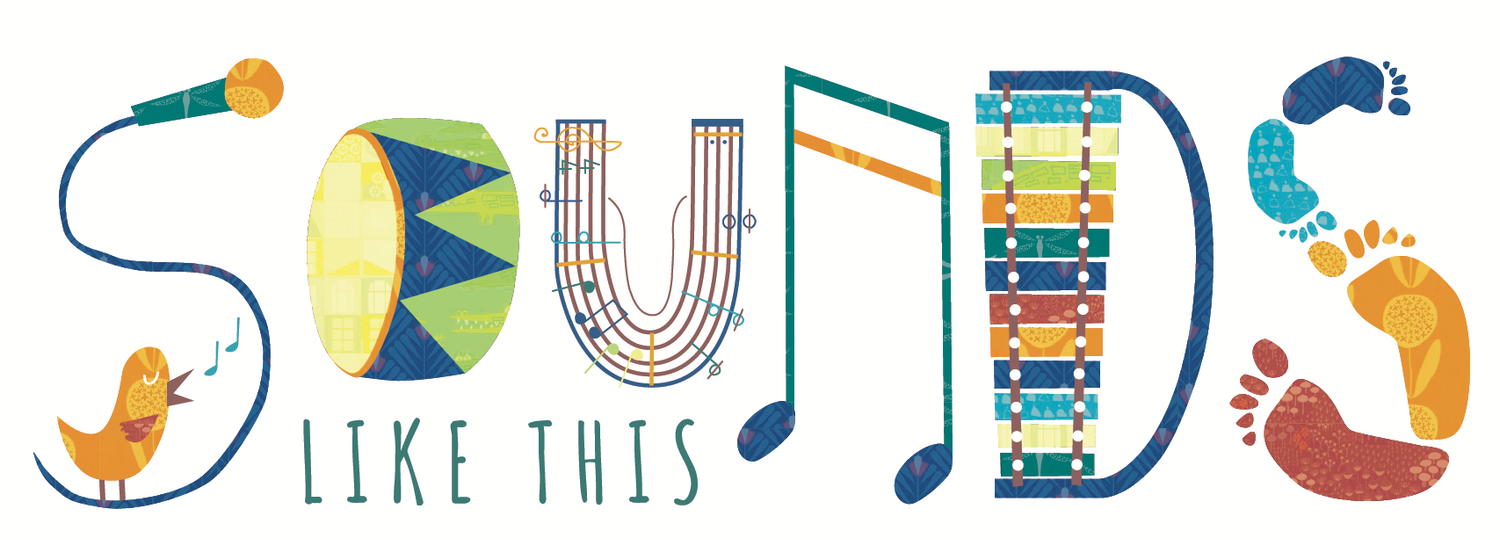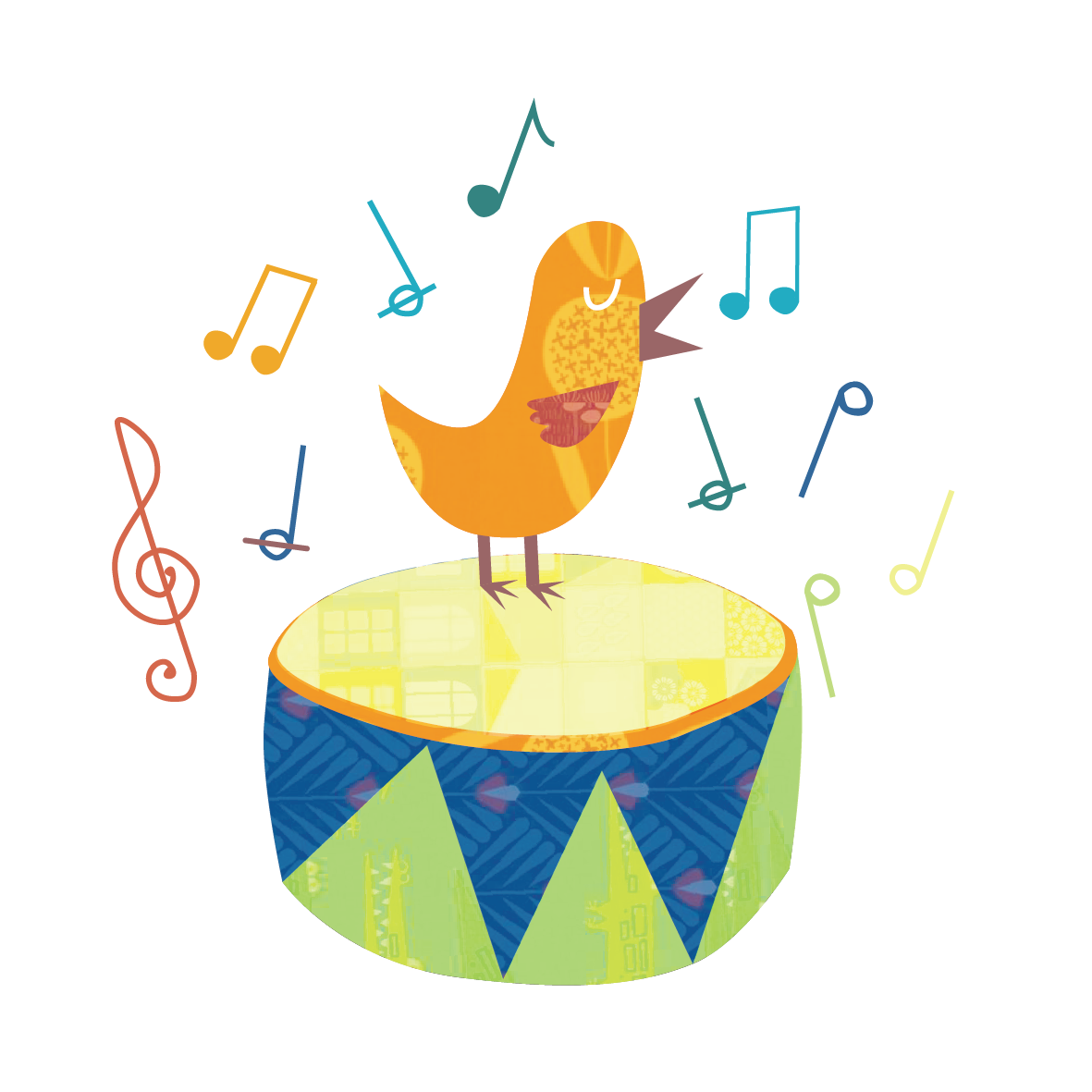We LOVE Active Listening Activities for Kids! Here’s Why.
Ever noticed how a space full of little ones can become so calm and united in the act of music-making? There’s a special quality to music-making when you engage in it with your children.
A lot of that is thanks to the fact that you’re all actively listening to music. So let’s have a look at what active listening is, why it’s crucial in early development, and what are some of our favourite active listening activities you can do in your kindergarten, ELS, or even your home.
What is active listening?
You could define active listening as the process of consciously paying attention to a particular sound, whether that’s music, speaking, or something entirely different.
Active listening happens when a person is fully engaged in music (or sound), giving it ALL of their attention. It’s a skill that can be learned and is an important part of communication for a person’s entire life.
The opposite is passive listening – when the music (or sound) is in the background and our focus is elsewhere.
Why is it important to build active listening skills in early childhood?
When we are actively listening to music, we’re stimulating many areas of our brain (giving our noggin what one Johns Hopkins otolaryngologist calls “a total brain workout”).
That in turn positively affects our physical, mental and emotional wellbeing. In fact, active listening benefits us holistically by:
Helping calm down our nervous system
Reducing blood pressure and pain
Increasing our energy and improving sleep quality
Building confidence
Boosting our immune system
Promoting empathy
Boosting mental alertness and memory
Active listening helps to promote good chemical function in our bodies. It also increases your connection to the music. Often a particular or favourite song will invoke a feeling or a memory each time you hear it.
Active listening may sound to us adults like the easiest-peasiest thing in the world to do (even though streaming services have made it oh so easy to set and forget our music).
But think about what’s involved in ACTIVE listening: the act of hearing a sound, focusing on it and filtering out all background noise, and then understanding it—all at the same time!
In young children, these active listening skills are essential but they’re part of a complex process kids need to learn and practice.
Exercises to build active listening skills in kids
In our music classes, we explore active listening in many different ways because there are so many varied ways to engage with music.
Encourage them to listen to the lyrics and engage with the world around them
We “sing a rainbow” and “listen with our eyes” as we label the coloured ribbons, scarves and feathers.
Embed video: Can you find some colourful feathers?
Stimulate movement according to a musical rhythm
We swing in towels and tubs and bounce babies on our knees and build up block towers higher and higher. We move rhythmically from a walk to a trot to a gallop as we sing horse songs. We differentiate between beat and rhythm.
Embed: Shake Shake Shake with Sounds Like This for Kids!
Explore sound through different instruments and voices
We hear the sounds that different instruments make: tapping claves, ringing bells, clicking castanets, tingling triangles, all sorts of banging drums, and the pitter-patter rain stick.
Embed: We Can Play on the Tambourine with Sounds Like This for Kids!
We learn to discriminate different timbres (quality of sound) when singing hello songs and using echo microphones.
We change our pitch from low to high. We change the tempo from slow to fast. We change the dynamics from soft to loud. We “go” – moving our bodies and playing instruments in whichever way we choose – and we “stop”.
Sing to their favourite stories
We sing storybooks, including the lovely Musicmap series in which the children can follow pictures from the story symbolising the notes on the musical stave as we sing the melody.
Embed: The Very Cranky Bear - Sounds Like This for Kids!
Don’t forget SILENCE
We pause to listen to the silence.
This silence is valuable. It allows the children time to process what’s just happened, what they heard, what they saw, what they did. It also allows them to anticipate what’s to come. Will it be predictable, or unexpected? How will they emotionally and physically respond?
Are you ready to practice active listening skills in your setting?
Practice actively listening to music at home or in your early learning setting. Once you start, it’s easy— AND FUN—to do (even if you do it on your own—the benefits are great for YOU too!).
Let go and tune in. Pay attention to the details in the music. Can you and the children hear different instruments? High and low sounds? Fast and slow? Notice how the music makes you all feel.
Better still, come to our kids music classes (or we can come to your early learning setting!) and experience active listening with your child. Your brain, body, and heart will thank you for it.

